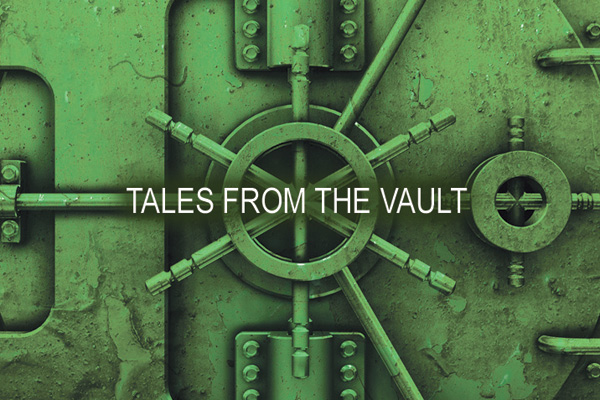My first job after graduating in 1949 was with the Radio Division of the National Research Council of Canada (NRC). This division was created during World War II to develop the military radars used by Canadian forces during the war. Prototypes were sent to Research Enterprises Limited (REL) in Toronto for production.
I was privileged to work with the engineers responsible for this development. My job was to design the intermediate frequency and video amplifiers for a military radar. This particular radar was a mobile unit that detected artillery projectiles in flight, specifically mortar bombs, and deduced the coordinates of the offending weapon with a mechanical computer. Later, the prototype, mounted on a Bobcat APV, was given the NATO designation AN-MPQ-501. This was NRC’s last military radar; the teams were reassigned to peace-time projects including radio astronomy, meteor radars, rain radars, and radar heating. Military research was transferred to the newly formed Defence Research Board (DRB).
One day, we were alerted that a Parliamentary committee was to pay us an inspection visit. We were in the early stages of development and had no working system to demonstrate, only various elements still on the workbenches. One of our engineers, Roger Richards, who had served in the Royal Air Force at Malvern during the war, was determined to put on a show for the VIPs. He lashed together various microwave components from the junk box, set up the contraption on the balcony outside our third-floor windows, and aimed it downtown toward the Parliament buildings. He got a good return from the Peace Tower, of course, a 300-m-high structure only 3 km away. The display was an A-scan showing target range as a deflection from a noisy baseline. Roger gave a simplified explanation of radar to the visitors and pointed out the pip returned from the Peace Tower. As luck would have it, he had connected it so that the deflection was negative. One of the Parliamentarians asked why the Peace Tower was upside down! Needless to say, we felt uneasy about our future funding, but apparently, we suffered no adverse consequences.



